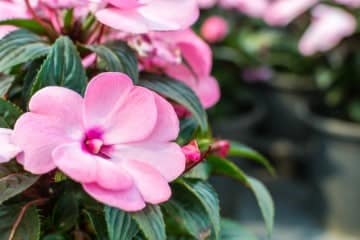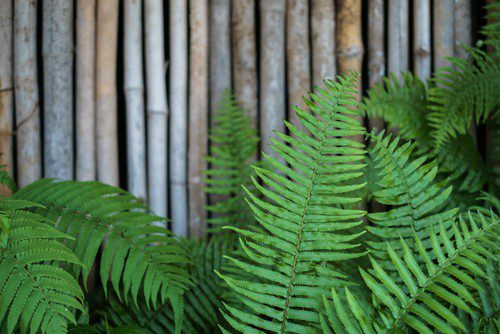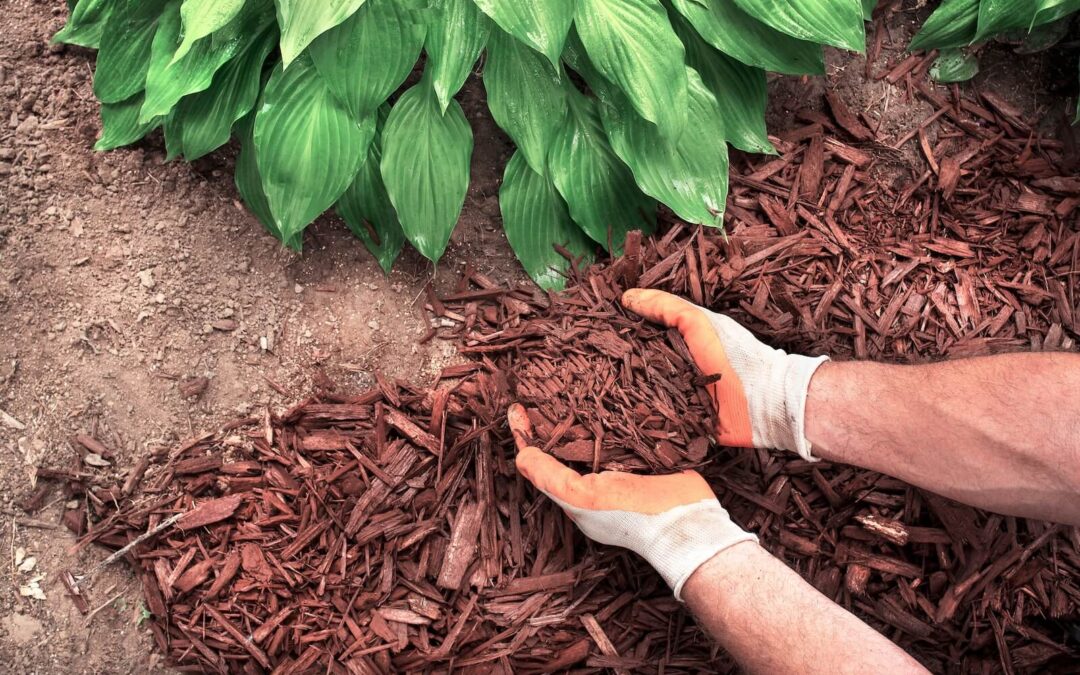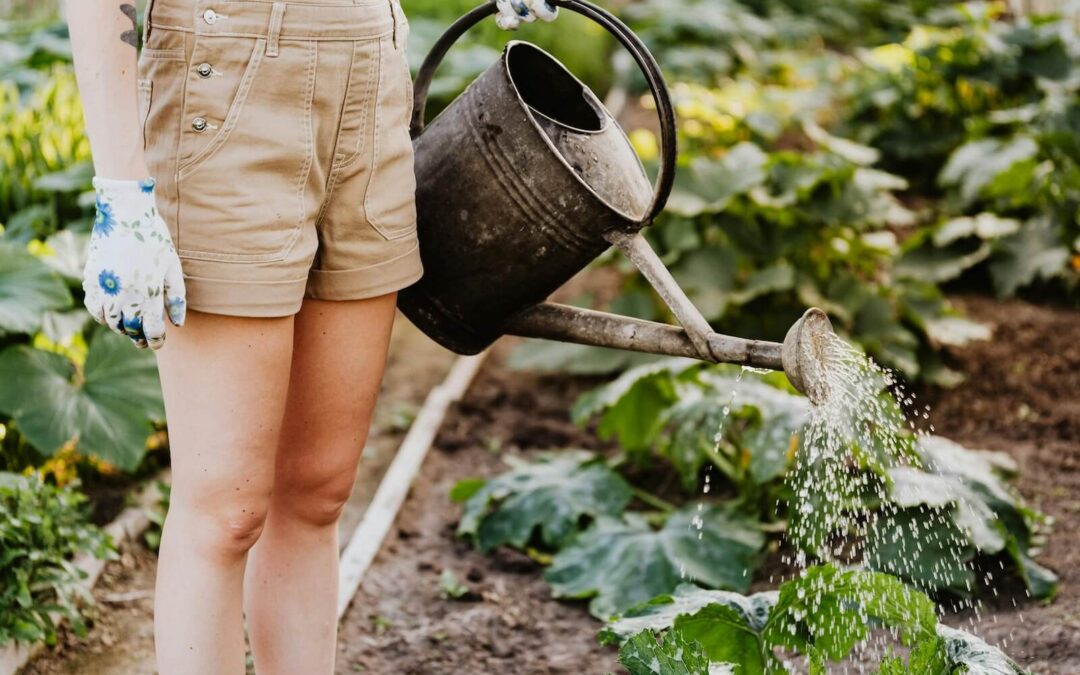Finding plants that work well in a dry and shady place doesn’t have to be hard. Some plants are better suited to these conditions and can add color, texture and beauty to your garden at the same time.
There are a wide range of shade-tolerant plants. Some require full shade, while others can get by with partial- or half-shade. If you are planting in a shady spot, you can also try different ways to increase the amount of sunlight the plants get by using reflection off of a fence or home that is painted a light color, for example. Pruning can also help bring in more light.
Shade plants also need water, so you’ll want to make sure plants that need moist conditions have access to water.
We like these ideas for designing a shade garden from the Colorado State University cooperative extension service:
- Play up textural contrast, choosing some large leafed plants such as hostas and some fine leafed plants such as ferns.
- Choose plants with varying heights such as dwarf and upright conifer.
- Glossy leaves and light colored flowers stand out more in the shade.
- Plants with red in them contrast well with lots of greenery.
- Blues and purples should be paired with light yellows or whites to draw attention to them.
Colorado State also has these suggestions for shade-tolerant plants:
- Shrubs and small trees are naturally found growing under the shade of large trees and are ideal for small yards.
- Look for “serviceberry; arrowwood, burkwood and leatherleaf viburnums; highbush cranberry; redosier dogwood; Oregon grapeholly; and spreading euonymous.”
- There are also shade-tolerant groundcovers such as periwinkle and English ivy and perennials such as daffodil, tulip, and crocus.
- Ornamental grasses can work in shade gardens as well.
- Foxglove and impatiens are a few of the annual flowers that can be used in shade gardens.
Have more questions about planting a shade garden? Contact Lifescape for help.





